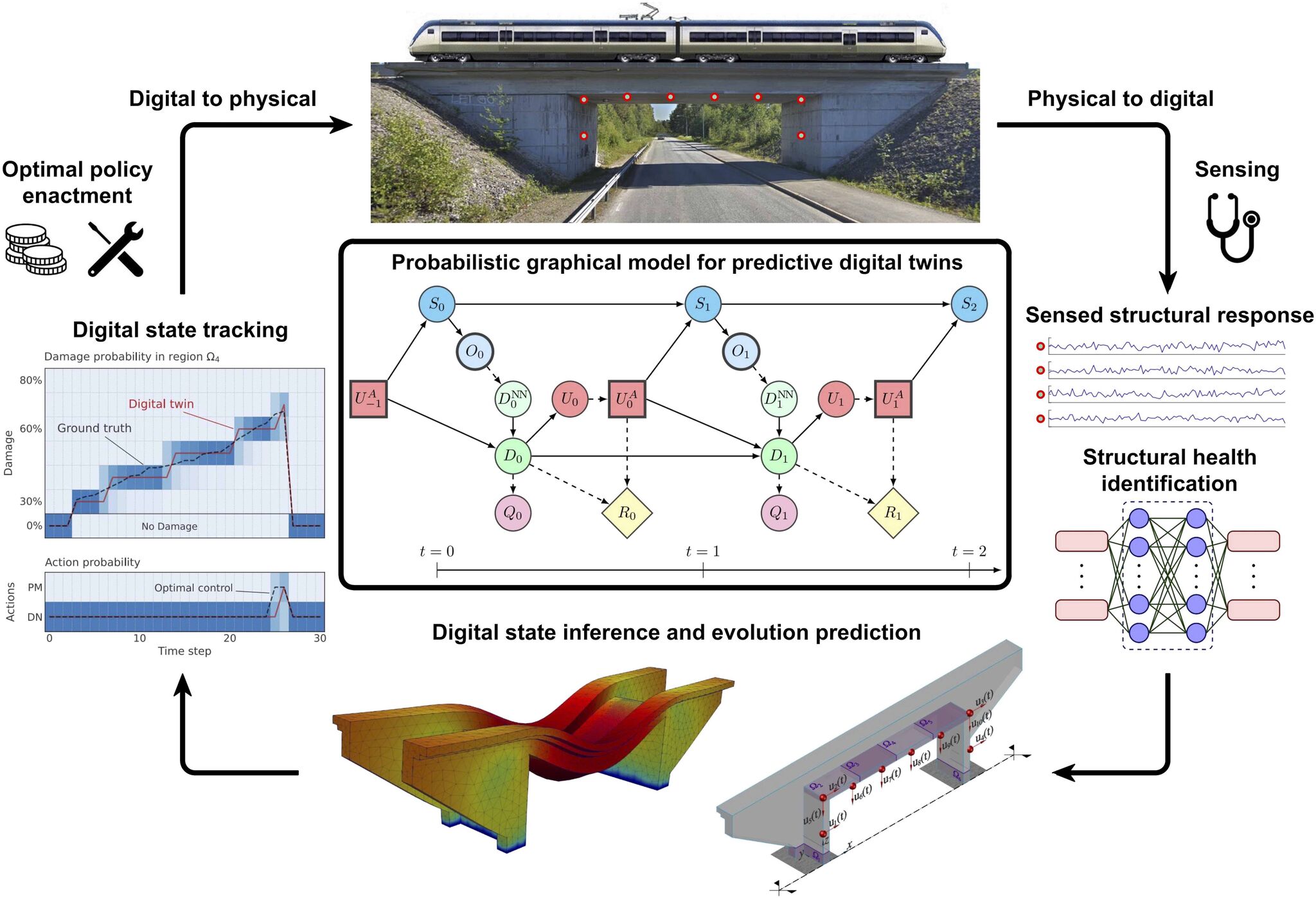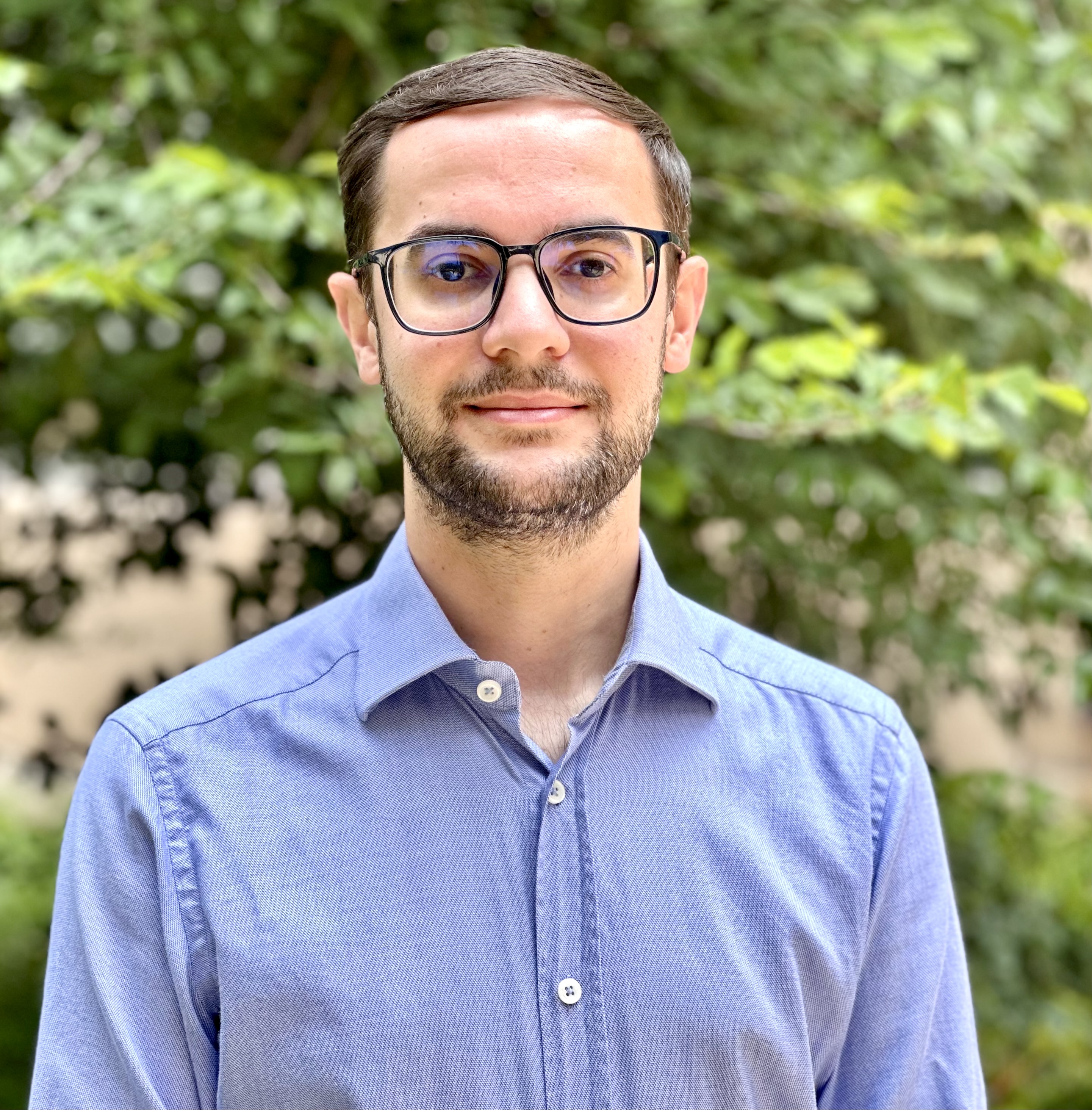Life would look drastically different without the bridges, buildings, and beams that surround us. The products of civil engineering form the framework of our lives, but failures in these systems, though rare, can be catastrophic.
Now, imagine a world in which we could predict these accidents before they happen, and evaluate the health and safety of the structures around us in real time. Enter the digital twin - a virtual model that turns real time data from unique physical structures into targeted safety and maintenance recommendations for engineers. Though it may seem reminiscent of science fiction, this world of optimized maintenance, personalization, and risk prevention is far from an impossible utopia.
New research from the Oden Institue of Computational Sciences and Engineering at The University of Texas at Austin, is pushing this dream one step closer to reality. Published in Computer Methods in Applied Mechanics and Engineering, “A Digital Twin Framework for Civil Engineering Structures” explores how digital twins (also used in personalized cancer care and diagnosis) can be applied in the context of civil engineering.
Led by Willcox Group postdoctoral fellow Marco Tezzele and visiting Ph.D student Matteo Torzoni, with support from Andrea Manzoni, Stefano Mariani, and Oden Institute Director Karen Willcox, the recent paper offers a holistic, advanced approach to structural health monitoring, replacing periodic inspections with real time data that can generate up-to-date, specific predictions and recommendations that enhance the safety of civil structures.

